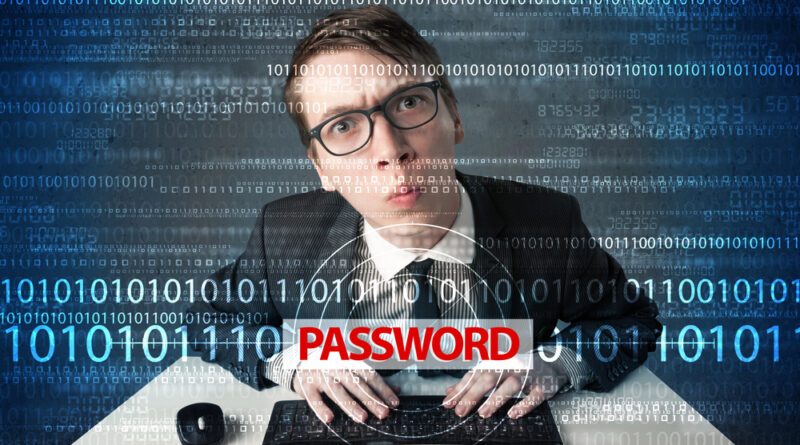Cyber‑Security 101: Why Every Digital Citizen Needs the Basics
Two months ago my neighbour’s smartphone buzzed during dinner: “Your Netflix account is on hold—click here to re‑activate.”
Half‑asleep after a 12‑hour shift, he tapped the link, entered his card details, and pulled the duvet over his head. By sunrise his bank had frozen the account after detecting $3,200 in gift‑card purchases shipped to half a dozen addresses he’d never visited. The criminal behind that text lives in another time‑zone, will probably never be caught, and is statistically contributing to the US $10.5 trillion in global cyber‑crime damages forecast for 2025, an economy larger than Japan’s.
The story is ordinary now. In 2024 the U.S. Federal Trade Commission logged 1.135 million identity‑theft complaints, almost one every 30 seconds. The FBI’s Internet Crime Complaint Center put public losses at $16.6 billion in the same year. These aren’t shadowy zero‑day exploits against government vaults; they’re garden‑variety scams that prey on our worst digital habits.
Our biggest vulnerability? Ourselves
Consider passwords. Studies show roughly 60 % of people reuse the same or slightly tweaked credentials across multiple sites. A recent analysis of 19 billion leaked passwords found 94 % were duplicates, with “123456” still topping the charts. Attackers need only breach one forgotten forum to unlock your banking, email and social‑media life via automated “credential‑stuffing” tools.
Phishing, ransomware and impersonation all exploit a simple truth: most of us were never taught the digital equivalent of locking the front door. We learned to drive only after passing a practical test; we cook without poisoning dinner guests thanks to basic food‑safety lessons. Yet we entrust bank accounts, family photos and even pacemakers to the internet armed with … a birthday password and hope.
Five habits that close 80 % of common threats
-
Use a password manager
Unique, 14‑character pass‑phrases for every account make credential‑stuffing almost useless. Let software remember them so you don’t have to. -
Turn on multi‑factor authentication (MFA)
Even if thieves guess a password, they still need the one‑time code on your phone or hardware token. -
Patch promptly
Enable automatic updates on phones, laptops, routers and smart‑home devices. Most vulnerabilities exploited in the wild are months old by the time criminals weaponise them. -
Learn to spot phishing tells
Hover over links, verify senders, distrust urgency. If a message pressures you to act now, step back. -
Back up the irreplaceable
Cloud‑sync plus an offline copy protects you against ransomware—or the latte you spill on your laptop.
None of these steps require deep technical chops. They demand awareness, a few taps in settings menus, and the discipline we already apply to locking cars or crossing roads.
Why basic literacy matters to everyone…yes, everyone
-
Remote work erased perimeters. Home Wi‑Fi is now the frontline for company secrets. A single insecure personal laptop can breach an entire corporate network.
-
The Internet of (Vulnerable) Things. Baby monitors, thermostats and doorbells ship faster than they can be secured. Compromised gadgets become gateways and bot‑nets.
-
AI‑powered scams. Deep‑fakes and large‑language‑model phishing tools craft emails flawless enough to fool savvy professionals. The defence is a human trained to pause and verify.
Digital self‑defence is no longer an IT department’s problem. It’s a life skill, as fundamental as budgeting or basic first aid.
Turning awareness into skill: where to start
If you can format a Word document you can grasp the nuts and bolts of cyber hygiene. The challenge is structured guidance. That’s where micro‑learning platforms such as The Hack Academy step in. Our Fundamentals of Cyber Security course, priced at US $29.95 walks absolute beginners through threat types, password best practice, encryption basics and incident response, issuing a shareable certificate on completion.
For learners who catch the bug, the same site bundles nine entry‑level subjects, from Networking Essentials to Cloud Security, for US $179.95 (a 66 % discount) or offers a one‑year All‑Access Pass with 850+ hands‑on challenge labs for US $299.95. Think of it as the gym membership for your digital immune system: low cost, self‑paced, and far more empowering than scrolling doom‑laden breach headlines.
A modest proposal
Picture a world in which every high‑school graduate spends ten hours mastering cyber hygiene; where employers treat password‑manager licences like mandatory smoke alarms; where grandparents recognise spoofed domain names the way they know to hang up on robocalls. Breach statistics would still rise, the internet’s attack surface grows daily, but the easy money would dry up.
Until governments bake cyber‑safety into core curricula, it falls to each of us to level up. Start tonight: replace your three oldest duplicate passwords, enable MFA on your primary email, and skim a free preview lesson at The Hack Academy. Ten minutes now may spare you ten thousand dollars, and a 3 a.m. call from your bank, later.
Digital self‑defence isn’t paranoid. It’s the new common sense. Unlock it, and you’ll step into the online world as something rarer than an AI‑powered scam: a hard target.
To see all the courses available, head to our training academy HERE.
Photo Credit: DepositPhotos.com

